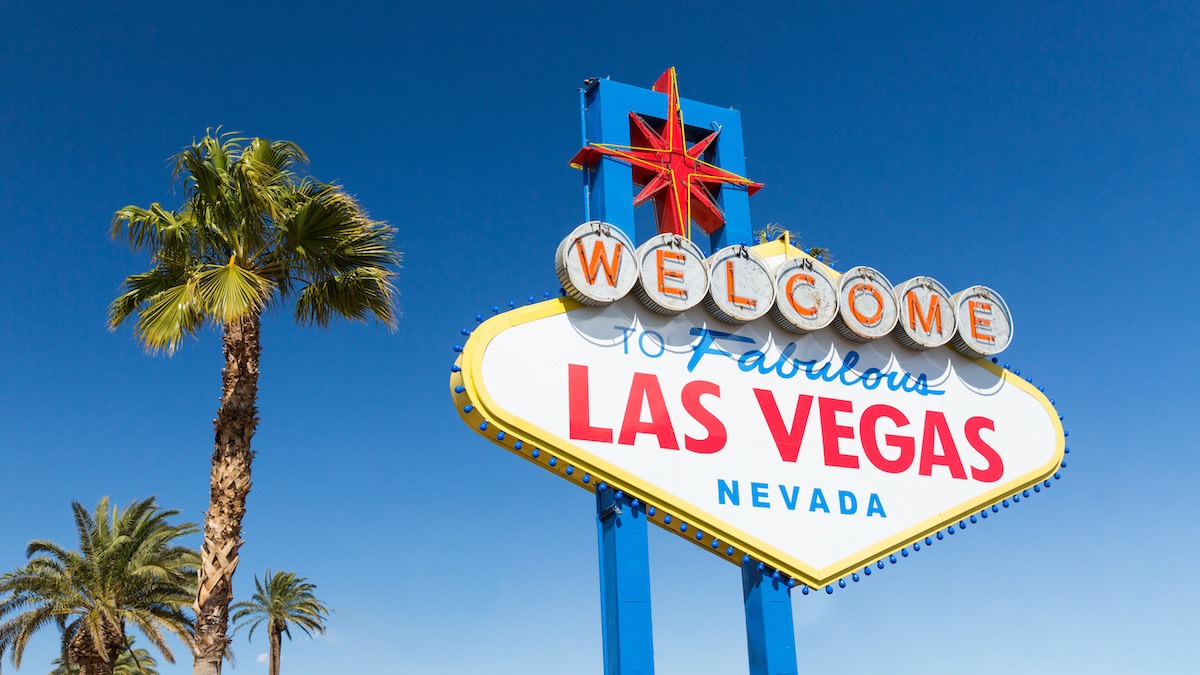Guide to Googie Architecture: 13 Iconic Googie Buildings
Written by MasterClass
Last updated: Jun 7, 2021 • 3 min read
The mid-twentieth century is a high point in American architecture thanks to its many buildings inspired by industrial progress, car culture, and the space age. In some parts of the country, most notably Southern California, mid-century design birthed a particularly striking architectural style known as Googie.
Learn From the Best
What Is Googie Architecture?
Googie is a futurist style of architecture that came of age in the mid-twentieth century in the United States, particularly Los Angeles and the surrounding suburbs in Southern California. Googie buildings incorporate strong geometric shapes, upswept roofs, the suggestion of motion, and a mixture of materials ranging from steel to glass to craggy boulders.
Googie is a low-rise architectural style most common in designs for restaurants, car washes, bowling alleys, gas stations, drive-in theaters, apartment buildings, and occasionally single-family homes. Googie design, along with its close mid-century modern cousins Populuxe and Doo Wop, embraced the futurism of the atomic age. It conveyed optimism and a sense of progress, and many of its surviving structures are cherished architectural landmarks.
A Brief History of Googie Architecture
Google architecture is largely a product of the atomic age, and it rose to prominence in the ’40s and ’50s.
- Precursors: Googie architecture began in Los Angeles and developed out of Streamline Moderne, a 1930s architectural style that used bold, swooping shapes and nautical themes. As cars and airplanes eclipsed boats and trains as the most common forms of transportation, architectural styles shifted accordingly, and the Googie style emerged and took off after World War II.
- Origins: According to architectural historian Alan Hess, there is a dispute over which building was the first Googie design, but one candidate is a Bob's Big Boy in the Los Angeles suburb of Burbank, designed by Wayne McAllister and built in 1949. Johnie's Coffee Shop on L.A.'s Miracle Mile and Norm's Restaurant on La Cienega, were both designed by Helen Liu Fong and built around the same time.
- Maturation: As the style developed, other pioneering Googie designers rose to prominence, included the architect John Lautner (who designed the movement's namesake, Googie's Coffee Shop on Sunset Boulevard in West Hollywood), Douglas Honnold, and Eldon Davis and Louis Armet (in business together as the Armet & Davis design firm).
- Proliferation: The 1950s were a fertile time for Googie design in Southern California, but the movement also spread throughout the nation. Prominent Googie structures were built in locales including Wildwood, New Jersey; Seattle, Washington; Colorado Springs, Colorado; Phoenix, Arizona; Miami, Florida; and the 1964 World's Fair in New York.
- Peak: The space age and the atomic age arguably reached their peak with the Apollo missions of the 1960s and early 1970s, and at this point, Googie architecture began to fall out of favor. Many Googie buildings have since been torn down in the intervening years, and those that remain are now considered retro marvels worthy of preservation.
7 Characteristics of Googie Architecture
Googie architects embraced the potential of mid-twentieth century engineering, creating designs imbued with a sense of propulsion. Key Googie design elements include:
- 1. Bold geometric shapes with sharp angles and sweeping curves
- 2. Boomerang shapes for pillars, roofs, and signage
- 3. Starburst images on signs and building facades
- 4. Cantilevered rooflines that appear weightless
- 5. References to space age imagery, from rockets to flying saucers
- 6. Illumination, from neon signs to glowing plastic paneling
- 7. A mixture of materials, including glass, steel, concrete, and raw boulders
13 Iconic Examples of Googie Architecture
While many Googie architecture masterpieces have been lost to the wrecking ball, the remaining Googie structures are frequently designated as landmarks of modern architecture. Some highlights include:
- 1. The Theme Building at Los Angeles International Airport
- 2. Pann's Coffee Shop on La Tijera Boulevard in Los Angeles
- 3. Johnie's Coffee Shop at the corner of Fairfax Avenue and Wilshire Boulevard in Los Angeles
- 4. Norm's Coffee Shop on La Cienega Boulevard in Los Angeles
- 5. The oldest surviving McDonald's restaurant in Downey, California (famed for its oversized golden arches)
- 6. The Space Needle in Seattle
- 7. The "Welcome to Fabulous Las Vegas" sign
- 8. Tomorrowland at Disneyland in Anaheim, California
- 9. The Union 76 gas station on Crescent Drive in Beverly Hills
- 10. The old TWA terminal (now the lobby for the TWA Hotel) at Terminal 5 in JFK International Airport in New York City
- 11. Bob's Big Boy in Burbank, California
- 12. 300 Bowl Building in Phoenix, Arizona
- 13. Corky's Restaurant in Sherman Oaks, California
Learn More
Get the MasterClass Annual Membership for exclusive access to video lessons taught by masters, including Frank Gehry, Will Wright, Annie Leibovitz, Kelly Wearstler, Ron Finley, and more.
